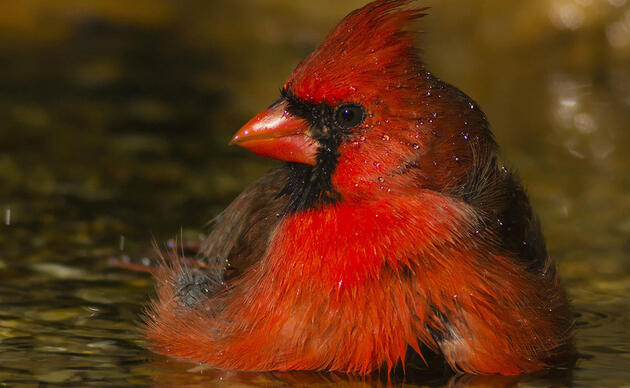Audubon Scientists: “Everglades Restoration Cannot Wait”
Twenty years of data show that while state and federal restoration managers are making progress, much work remains to save the River of Grass and its avian inhabitants.
The 2014 report shows that wading bird nesting was 28% lower than last year.
Contributors to the report (including Audubon Florida) recorded a total of 34,714 nests. Little Blue Herons, Tricolored Herons, and Snowy Egrets showed the most dramatic reductions in nesting, dropping by 83%, 42%, and 47% respectively.
The decline in nesting of these and other wading birds species is due to the lack of suitable foraging habitat across South Florida, highlighting the urgency of Everglades restoration projects. The survival of wading birds in the Everglades depends on how quickly important restoration projects move forward and restore the flow of freshwater.
Download Audubon’s Fact Sheet on this year’s wading bird nesting efforts and to see our recommendations for ensuring the recovery of populations in decline and to learn where restoration efforts are allowing bird populations to bounce back. Feel free to print and share this document at your next Audubon Chapter Meeting or community gathering.
For more information, please see the following news reports about this issue:
- Wading Birds: The Canary in the Coal Mine? (WLRN Public Media)
- Are the Florida Everglades Sick? Wading Birds in Steep Decline (The Weather Channel)
- Decline in South Florida Wading Birds Could Mean Everglades Worse Off (The Miami Herald)
How you can help, right now
Donate to Audubon
Help secure the future for birds at risk from climate change, habitat loss and other threats. Your support will power our science, education, advocacy and on-the-ground conservation efforts.
Become a Monthly Donor
Donating monthly is flexible, easy and convenient and makes you a champion birds can count on, no matter the season.
Volunteers Needed
Florida's birds and wildlife need your time and energy. Learn how you can become a citizen scientist or a volunteer at one of our nature centers today.




